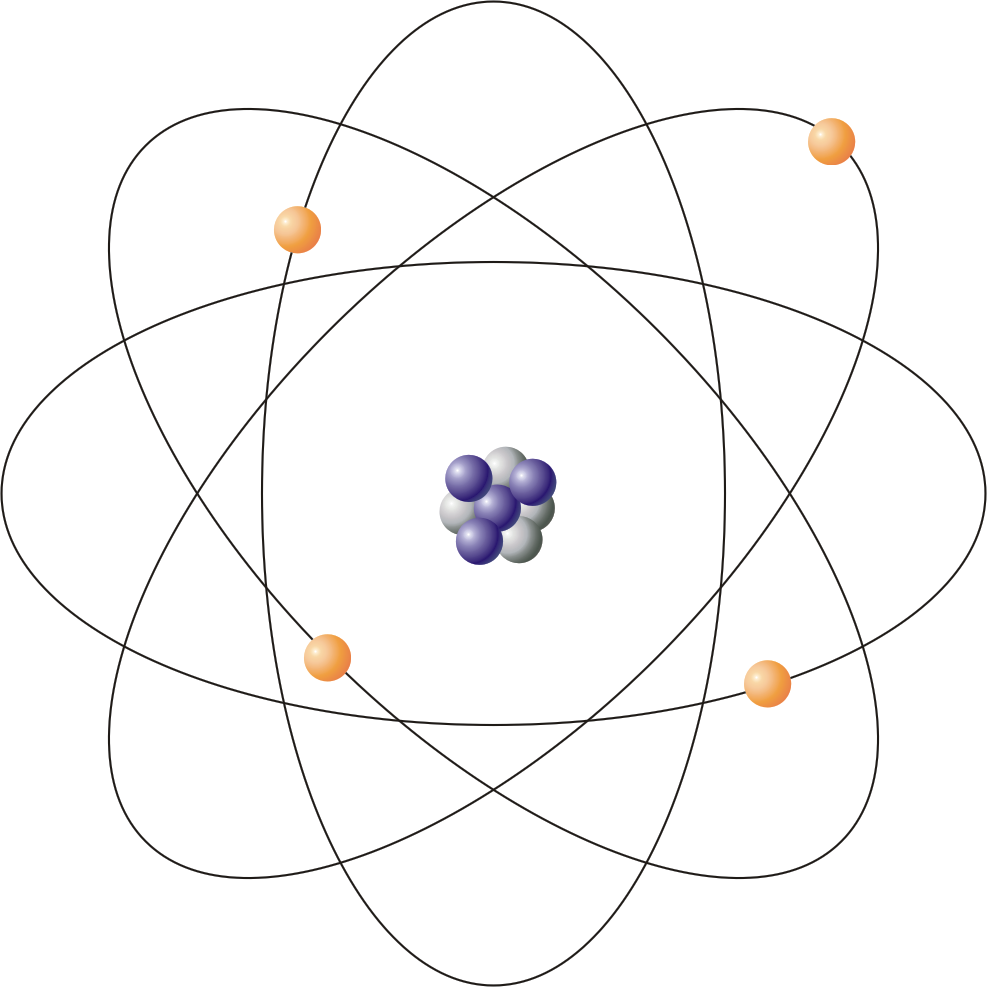Atoms represent the fundamental building blocks of matter, a concept that has intrigued scientists for centuries. Understanding the structure of an atom involves dissecting its components: molecules, protons, neutrons, and electrons. Each of these elements plays a pivotal role in the composition and behavior of matter in our universe.
At its core, an atom is the smallest unit of an element that retains the properties of that element. Composed of a nucleus surrounded by a cloud of electrons, atoms can combine to form molecules through various types of chemical bonds. The nucleus itself is made up of protons and neutrons, collectively referred to as nucleons. This intricate arrangement is fundamental to the chemical identity and reactions that occur in nature.
Protons are positively charged particles residing within the nucleus of an atom. The number of protons determines the atomic number, which subsequently defines the identity of an element. For instance, hydrogen has one proton, while helium has two. This positive charge is counterbalanced by the negative charge of electrons, which orbit the nucleus at varying distances. The interplay between protons and electrons underpins the principles of electrical charge and ultimately governs the behavior of atoms in chemical reactions.
Neutrons, on the other hand, are electrically neutral particles. They do not possess a charge, yet their presence is crucial for the stability of the nucleus. The number of neutrons within an atom can vary, leading to different isotopes of the same element. For example, while carbon typically has six protons and six neutrons, isotopes such as carbon-14 possess an additional neutron. This distinction is not merely academic; it has practical implications in fields ranging from radiometric dating to medical imaging.
The role of electrons cannot be overstated. These particles are situated in atomic orbitals, which represent the regions in space where an electron is likely to be found. Electrons configure themselves in shells around the nucleus, with their arrangement profoundly influencing the chemical properties of an atom. The outermost shell, or valence shell, contains the electrons that are primarily involved in chemical bonding. The tendency of atoms to achieve a full valence shell leads to the formation of molecules through covalent or ionic bonds.
Molecules themselves are made up of two or more atoms that are chemically bonded together. This bonding can occur in multiple forms: covalent bonds involve the sharing of electrons between atoms, while ionic bonds are formed through the transfer of electrons, resulting in charged entities. The versatility of molecular structures enables the vast diversity of substances we encounter in our everyday lives. From simple diatomic molecules like hydrogen (H2) to complex macromolecules like DNA, the principles governing atomic and molecular interactions are foundational in chemistry and biology.
The study of atoms and their constituents is not merely a theoretical endeavor; it has practical applications in technology, medicine, and environmental science. For example, understanding the behavior of electrons leads to advancements in semiconductor technology, which is essential for modern electronics. Additionally, the manipulation of atomic structures has paved the way for innovations such as nanotechnology, allowing us to engineer materials at the molecular level with unprecedented precision.
In the realm of nuclear physics, the interactions between protons and neutrons are of particular interest. The strong nuclear force binds nucleons together to form the nucleus, overcoming the repulsive electrostatic force between positively charged protons. This delicate balance is crucial for the stability of atoms and has implications for nuclear energy and weaponry. Moreover, the process of radioactive decay, wherein unstable isotopes transform by emitting particles, provides critical insights into energy production and the age of materials.
As our understanding of atomic and subatomic particles continues to evolve, so does our grasp of the universe’s fundamental principles. Quantum mechanics, a paradigm-shifting framework, provides a comprehensive explanation of atomic behavior, revealing the dual wave-particle nature of electrons and the probabilistic nature of their locations. This quantum perspective will undoubtedly guide future research toward more intricate and applicable theories of matter.
In summary, the atom serves as the cornerstone of chemical and physical sciences, with protons, neutrons, and electrons forming the foundational trio of atomic structure. Their intricate interactions govern not only the identity and stability of elements but also the formation of molecules and the principles of chemical bonding. Through an exploration of these constituents, one gains insight into the nature of matter and the underlying fabric of the universe. The study of atoms and their components is essential, not just within the confines of academia but throughout the broader spectrum of human knowledge, technology, and experience.
In closing, the discourse surrounding atoms, molecules, protons, neutrons, and electrons encapsulates a vast array of scientific principles and discoveries. Each element carries with it a rich history and a promising future, inviting continued exploration and inquiry into the nuances of matter. As the quest for knowledge unfolds, the importance of these fundamental units will persist, illuminating paths toward new frontiers in science and technology.












